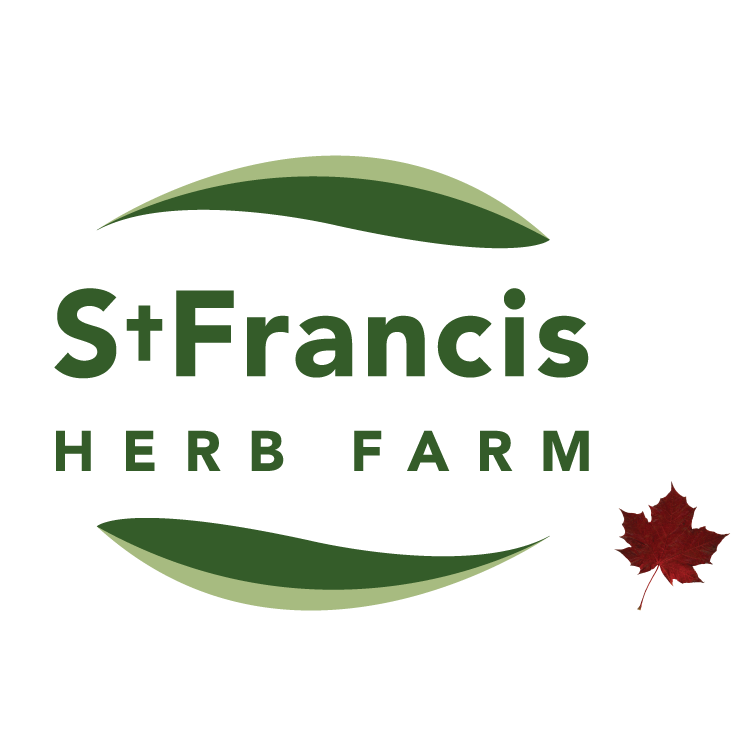
Immunity 101 – Making Sense of your Natural Defence!
Immunity is a hot topic these days! We all know that we have immune systems and are familiar with the concept of immunity. But understanding
This ensures you are getting a full-spectrum of active medicinal components, including beta–d glucans.

Full spectrum of medicinal compounds, including high levels of 3rd-party-verified beta glucans, the most researched beneficial compound
Maximum bioavailability. A multiple extraction process ensures the medicinal compounds are in a form that maximizes the body’s ability to absorb and use them.

The extraction process results in a concentration of highly bioavailable, active medicinal ingredients, i.e., high potency, which is why you only need to take 2 caps/day.
A 60-capsule bottle = 1 month’s supply, providing extremely high value for price + quality.
It’s critical to understand what mushroom parts are being used, as well as how they are processed and tested to ensure your supplement is providing optimal amounts and absorption of the beneficial compounds. This way, you’ll know if you’re getting purity, potency – and results from your mushroom supplement!
Don’t be in the dark on mushrooms! Learn everything you need to know about choosing the best quality and value from our blog – and check out our FAQs to learn all you need to know.

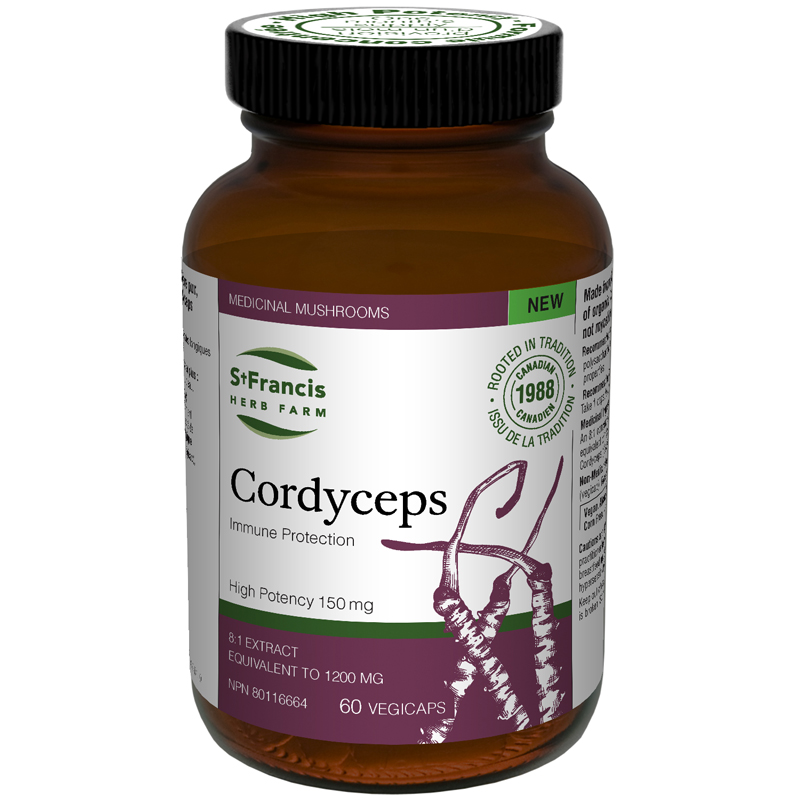
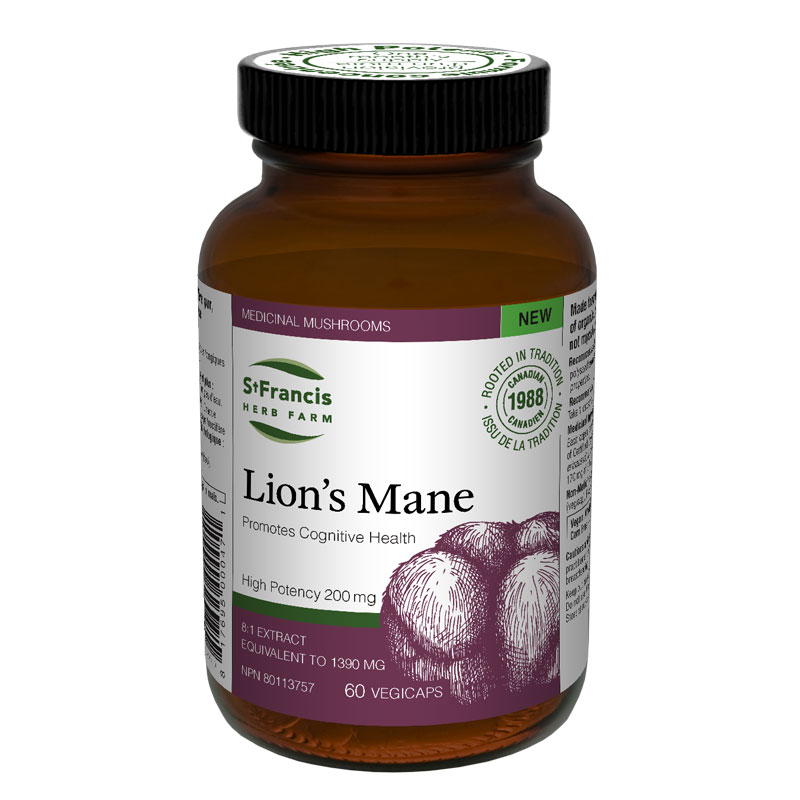
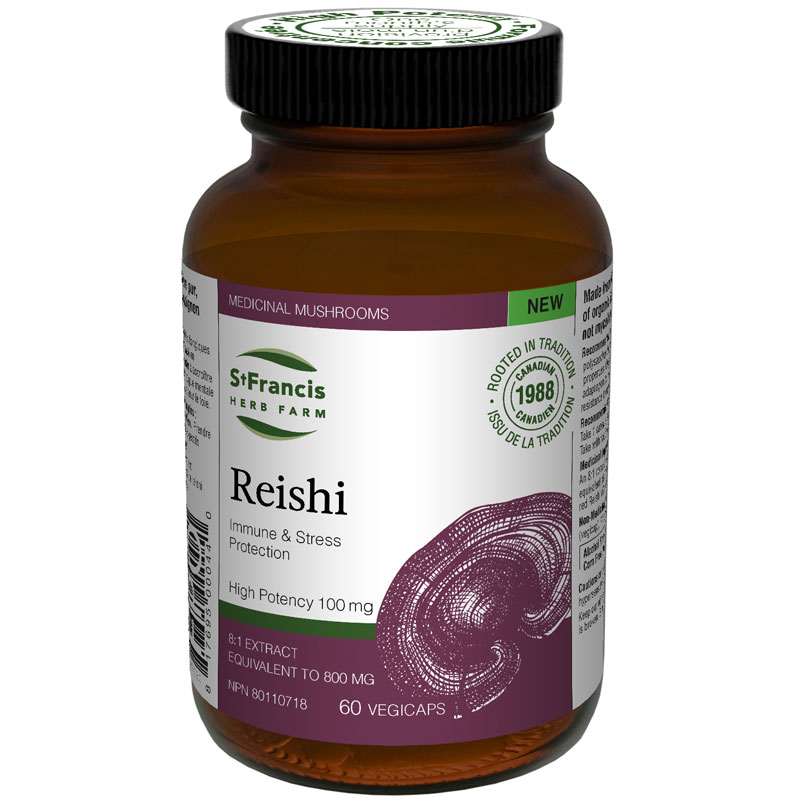
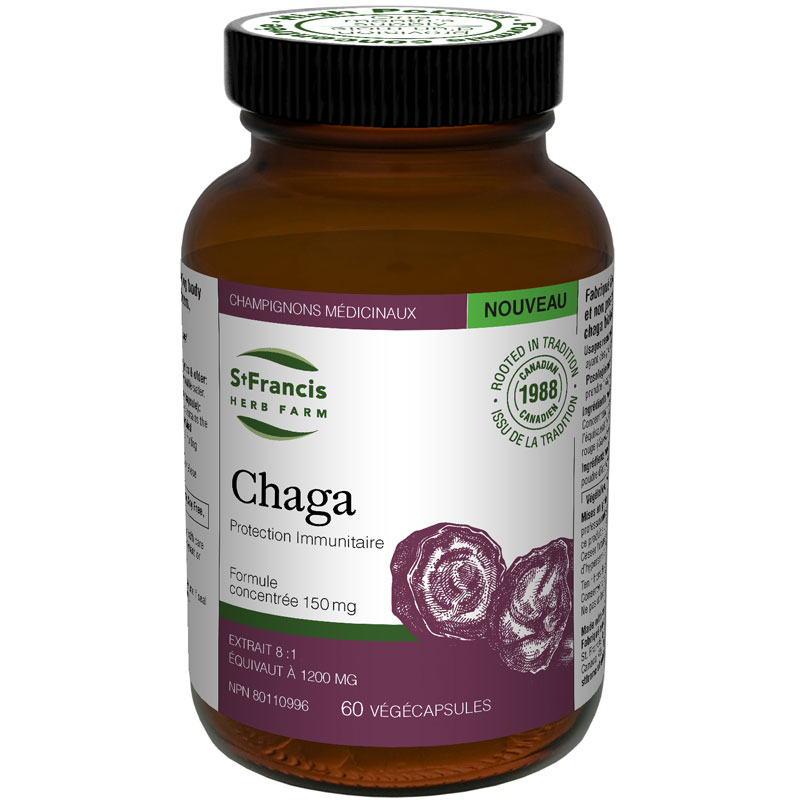
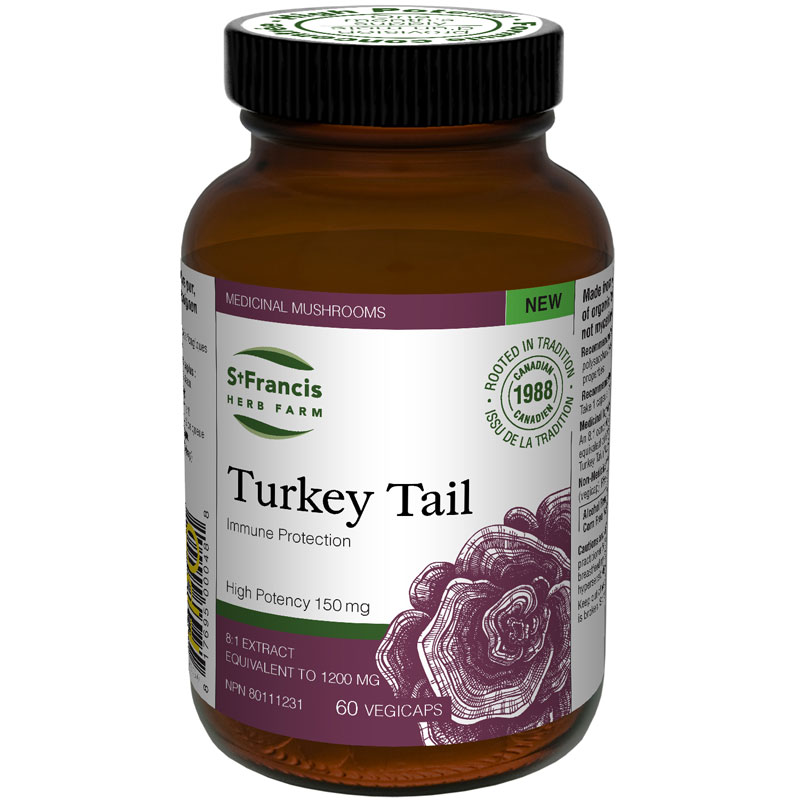
The mushroom or fruiting body, which you see above ground, is the only part that should be referred to as “mushroom.” It is grown in natural conditions, with fresh air and sunlight on wood – this is critical, as the wood carries the precursors for many of the key medicinal compounds we want in a mushroom supplement. Mushroom fruiting bodies are genetically more complex and have more medicinal properties – as they are where most of the powerful biochemical constituents reside.
The mushroom is what has been used for centuries in Traditional Chinese Medicine and provides a full spectrum of medicinal compounds, including a rich content of the well-researched therapeutic constituent, beta-d glucans.
Mycelium is often grown in a lab on grain, is cheaper to produce, does not offer a broad spectrum of constituents, and is very low in beta glucans, as starches make up a large part of the ingredients. Most importantly – it is not the mushroom itself!
St Francis Herb Farm medicinal mushrooms are 100% pure organic mushroom and are rich in 3rd-party-tested beta-d glucans, the highly researched immune supportive compound.
If a product states it is a combination of both mushroom and mycelium, it is likely primarily mycelium. It’s important to check what % is fruiting body – mushrooms are more expensive and therefore likely to be included in insignificant amounts just to facilitate the claim of their being present.
Wild Chaga grows naturally in the vast forests of Canada, Russia, northern China, and northern climatic zones, where birch makes up the primary tree species. Though Chaga is commonly referred to as a mushroom, it is a fungal growth with a dark, pigmented outer layer that resembles burnt charcoal. For hundreds of years, Chaga has been wildcrafted and utilized by the people of northern Europe and Russia.
Birch trees have specific compounds from which Chaga draws directly, converting them to synthesize the triterpenoids that distinguishes it medicinally from other medicinal mushrooms.
Supplements made from mushroom (fruiting body) can be comprised of dried mushrooms or extracted mushrooms.
With extraction, the key medicinal compounds have been drawn out of the mushroom via liquid, to make these compounds more readily available to our bodies by breaking down the tough fungal cell walls[1] (the cell walls of mushroom are made of chitin – a fibrous substance consisting of polysaccharides). It is necessary to break down chitin, so medicinal constituents can effectively be absorbed.
Depending on the type of mushroom, extraction is done using hot water, or both hot water and alcohol. For some mushrooms, the dual extraction ensures better access to terpenoids, which offer additional health benefits.
In the case of dried mushrooms that have been ground up into a powder, it is harder for the body to access and absorb the active compounds. Grinding them up to an even finer or “micronized” powder helps, but, because the tough cell walls have not been broken down, the medicinal compounds are still not as available as they would be after extraction. This also significantly increases the daily dose requirement, i.e. the amount of pills/day.
Our mushrooms are extracted as follows and contain X% beta-glucans:
Water only extraction
Dual extraction
*based on testing of all lots for each mushroom – since these mushrooms are naturally grown there is variability across lots – so we are showing the average as well as the min and max range.
Make sure your supplement is made from the fruiting body. Then, if there is only a high-volume number indicated, e.g., 800mg-1500mg, this is dried ground-up mushroom. If, on the other hand, there is a lower number e.g., 100mg-300mg, this means it is an extract.
For example, on our Lion’s Mane label you will see: High Potency 170mg, 8:1 extract/equivalent to 1360mg. This means the extraction process takes 1360mg of dried mushroom down to 170mg of high potency extract (8:1 extract) – which is why you only need to take 2 capsules per day!
Don’t be misled by claims associated with % of polysaccharides. Starches (from myceliated grain), as well as beta glucans, are all polysaccharides, the difference being that starches have no medicinal value.
On some products, you will sometimes see the % of polysaccharides noted as a supposed measure of medicinal potency. This is misleading. Polysaccharides include beta-glucans, but also the starches from myceliated grain, which serve no medicinal purpose. So, it is critical to look for the % of beta-d glucans as one of the main indicators of medicinal benefit.
High potency means there is a high amount of medicinal compound in a form the body can absorb and use, in a small amount of powder. This means you need to take fewer capsules per day to get a therapeutic dose.
Our medicinal mushroom supplements are extracts of the fruiting body and therefore provide a high potency dose in just 2 capsules/day. Our 60ct bottle = 30 days or 1 month’s supply.
Not only are you getting a very high-quality supplement, but, because it is in a concentrated form, it also means you get a therapeutic dose in only 2 capsules per day.
TIP: Check the daily dosage on the label! Some may look like they are a lower price/bottle but could in fact only amount to 2 weeks’ worth supply versus another that is slightly higher in price but is 4 weeks’ supply and so a much better value.
We have partnered with Nammex, a Certified Organic, North American based distinguished grower and manufacturer, specializing in extracts made from mushrooms and widely recognized for the quality and integrity of their products
For 40 years Nammex has been a leading player in creating high quality mushroom extract powders. Their farming operation is based in China’s Qingyuan County, an area renowned for its pristine, unpolluted natural setting, ideal for the growing and harvesting of mushrooms, situated deep in the mountains far from the country’s industrialized centres. Their mushrooms are grown on natural substrates, such as sawdust and hardwood logs, in shade-houses or greenhouses where there is a constant flow of fresh air and clean water.
The therapeutic use of mushrooms lies at the very heart of Traditional Chinese Medicine (TCM). IN China, they have been cultivating mushrooms for hundreds of years, and TCM Practitioners are the acknowledged masters of this healing art.
Mushrooms utilized as health products are rarely cultivated in North America due to prohibitive costs. Most mushrooms today come from Asia, primarily China, which produces 85% of the world’s supply. Even Japan, a traditional mushroom producer, is the number one importer of Chinese mushrooms.
None. Although alcohol is used in the extraction process, it is all evaporated by the time we arrive at the powdered extract.
Mushroom supplements are not all created equal! Ensure your mushroom supplement is made from the fruiting body, is an extract, and that the beta-d glucan levels are tested and listed on the label.
St. Francis medicinal mushroom supplements are made from the fruiting body, and the medicinal compounds are made most available to the body via extraction. They are third-party tested for beta glucans – the proven immune supportive active component.
A study conducted in the U.S. [1] tested 19 reishi supplements, and only 5 were found to be in accordance with what they claimed on their labels, 3 of those 5 being from Nammex, our supplier[1].
In addition, tests are completed for the following:
Our goal is to bring you the very best the world has to offer. No mycelium, no grain, no starch. We grow genuine mushrooms, naturally, the way nature intended.
Read More: Don’t Be in The Dark! How Your Medicinal Mushroom Supplement Is Made Matters – Learn Why!
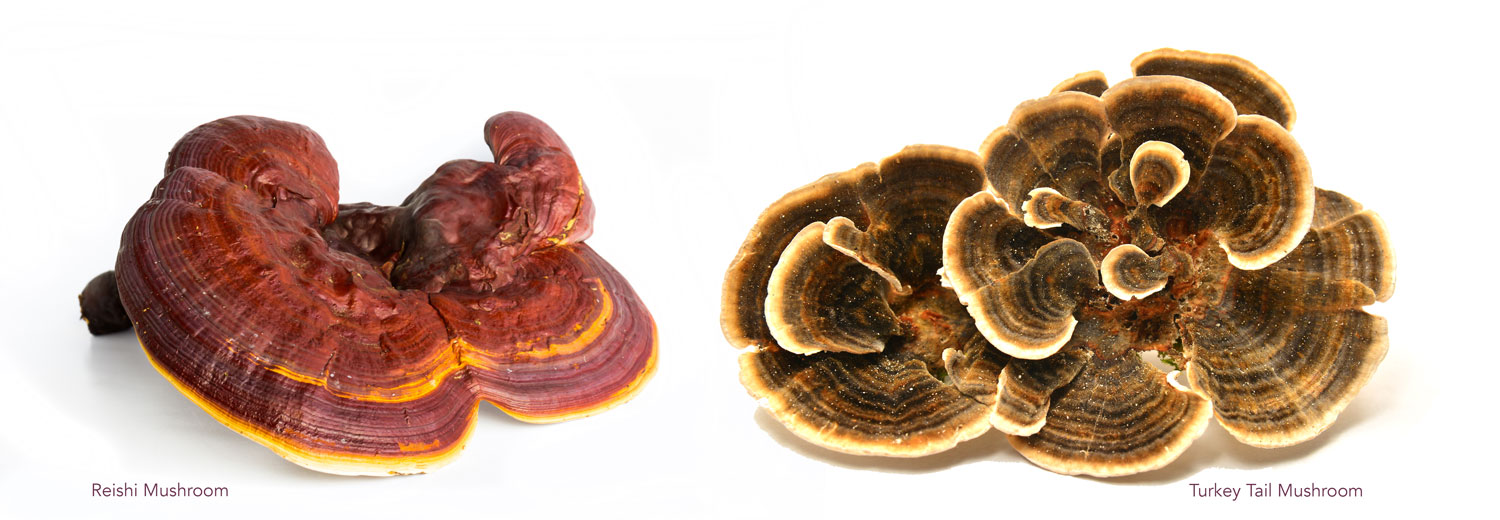

Immunity is a hot topic these days! We all know that we have immune systems and are familiar with the concept of immunity. But understanding

The last couple of years have been exceptionally stressful for everybody – and we’ve gained a greater appreciation for protecting our health. Even at the
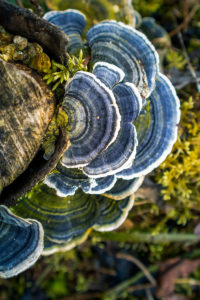
Mushrooms. Love them or loathe them on the dinner plate – they hold undeniable therapeutic benefits! Medicinal mushrooms have been valued for centuries as exceptional
At St. Francis Herb Farm, we have a fantastic, hard-working team. We are truly passionate about our work, and that shows in the effort that goes into crafting, selling and telling the world about our herbal medicines and whole food products.
Industrial Cleaner (Office) – Position Details
Industrial Cleaner (Plant) – Position Details
